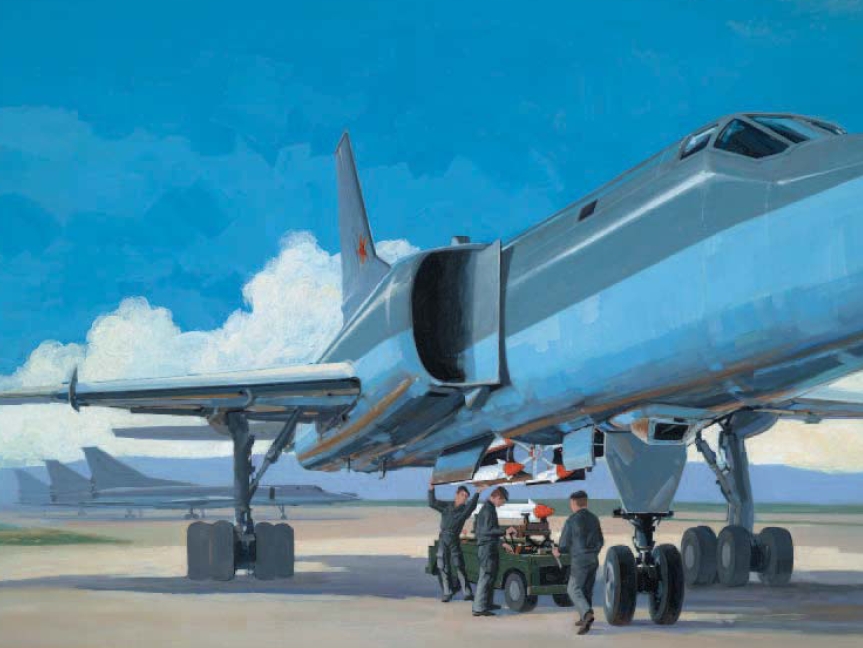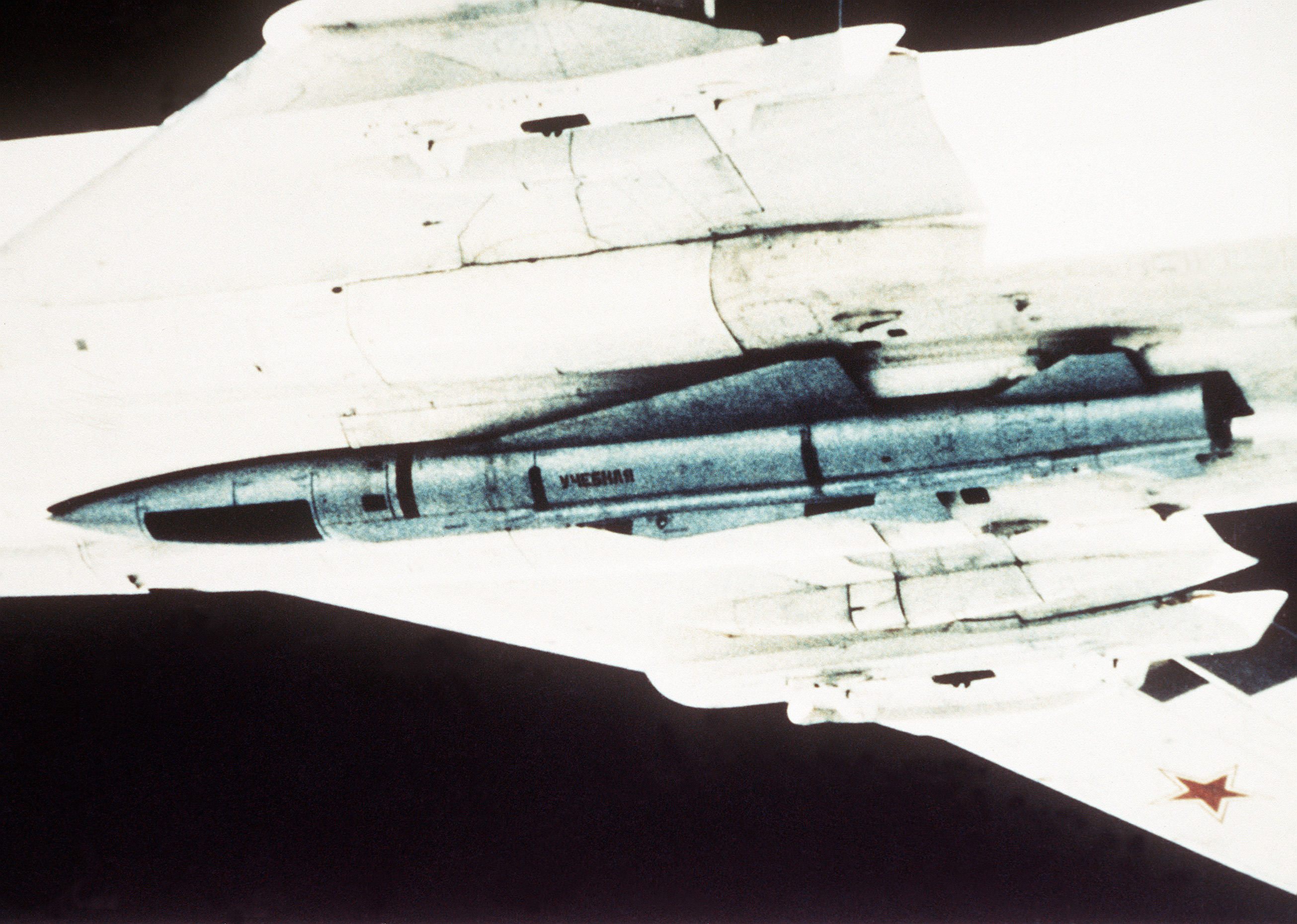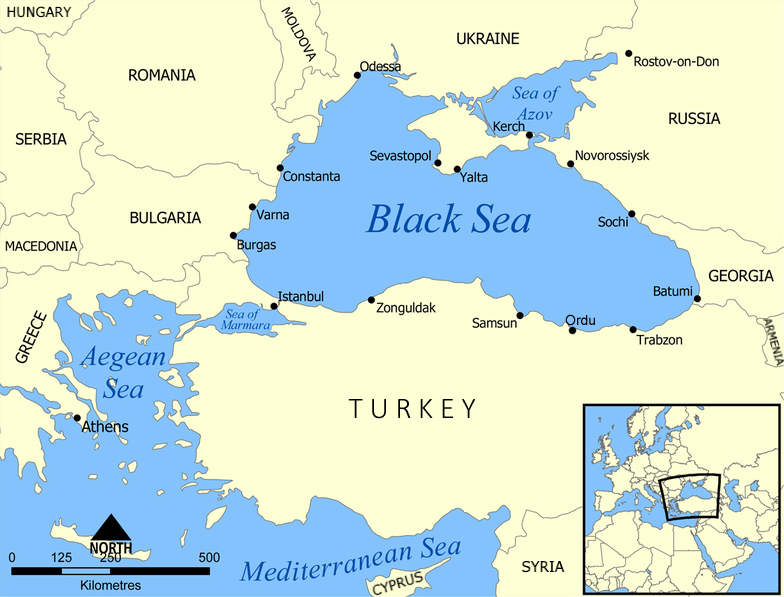|
Ukrainian Long Range Aviation
The Long Range Aviation Group (, ''Aviaciyna Grupa Dalnoi Aviacii''); abbr. AGDA / АГДА), was a military organisation, subordinate to the Central High Command of the Ukrainian Air Force, which included the long-range aircraft of Ukraine. Ukrainian Long Range Aviation was disbanded in 2007. History After the fall of the Soviet Union, the Ukrainian Air Force was left with three air armies (1,100 combat aircraft), which included 30 Tu-16 missile carriers, 33 Tu-22KD missile carriers, 30 Tu-22R reconnaissance aircraft, 36 Tu-22M3s, 23 Tu-95MSs, 19 Tu-160s, 20 Ilyushin IL-78 aerial refueling aircraft, as well as large stockpiles of missiles: 1,068 Kh-55s and 423 Kh-22s. In 1992 Ukraine also received much of the Soviet Black Sea Fleet, including the 2nd Guards Maritime Missile Aviation Division ( Hvardiiske, Crimea), with three regiments of maritime attack Tu-22M2s and an independent Maritime Reconnaissance Aviation Regiment (Saki- Novofedorovka, Crimean Oblast) of Tu-22Ps. ... [...More Info...] [...Related Items...] OR: [Wikipedia] [Google] [Baidu] |
Tu-160
The Tupolev Tu-160 (; NATO reporting name: Blackjack) is a supersonic, variable-sweep wing nuclear-capable heavy strategic bomber and airborne missile platform designed by the Tupolev Design Bureau in the Soviet Union in the 1970s. The aircraft is large, rather longer than a Boeing B-52 Stratofortress at 54 m, with wingspan 56 m when spread, 36 m when swept back. The Tu-160 is operated by the Long Range Aviation branch of the Russian Aerospace Forces. The Tu-160 entered service in 1987, the last strategic bomber designed for the Soviet Air Forces. It was built to serve as both a conventional and nuclear bomber. Production was stopped in 1992 following the dissolution of the Soviet Union in 1991, and the newly independent Russian and Ukrainian air forces inherited a fleet of 13 and 19 Tu-160s, respectively. Following protracted negotiations, eight Ukrainian Tu-160s were purchased by the Russian Federation while the remaining 11 were scrapped in the late 1990s u ... [...More Info...] [...Related Items...] OR: [Wikipedia] [Google] [Baidu] |
Tu-22M
The Tupolev Tu-22M (; NATO reporting name: Backfire) is a supersonic, variable-sweep wing, long-range strategic and maritime strike bomber developed by the Tupolev Design Bureau in the 1960s. The bomber was reported as being designated Tu-26 by Western intelligence at one time. During the Cold War, the Tu-22M was operated by the Soviet Air Forces (VVS) in a missile carrier strategic bombing role, and by the Soviet Naval Aviation (''Aviatsiya Voyenno-Morskogo Flota'', AVMF) in a long-range maritime anti-shipping role. In 2024, the Russian Air Force had 57 aircraft in service, according to the 2024 Military Balance report by International Institute for Strategic Studies. However, in 2023, Ukraine's Main Directorate of Intelligence estimated that Russia had only 27 aircraft in operable condition. Development In 1962, after the introduction of the Tupolev Tu-22, it became increasingly clear that the aircraft was inadequate in its role as a bomber. In addition to widespread unse ... [...More Info...] [...Related Items...] OR: [Wikipedia] [Google] [Baidu] |
Tupolev Tu-22
The Tupolev Tu-22 ( Air Standardization Coordinating Committee name: Blinder) was the first supersonic bomber to enter production in the Soviet Union. Manufactured by Tupolev, the Tu-22 entered service with Long-Range Aviation and Soviet Naval Aviation in the 1960s. The aircraft was a disappointment, lacking both the speed and range that had been expected. It was also a difficult design to fly and maintain. It was produced in small numbers, especially compared to the Tupolev Tu-16 it was designed to replace. The aircraft was later adapted for other roles, notably as the Tu-22R reconnaissance aircraft and as a carrier for the long-range Kh-22 antiship missile. Tu-22s were sold to other nations, including Libya and Iraq: Libyan Tu-22s were used against Tanzania and Chad, and Iraqi Tu-22s were used during the Iran–Iraq War. Development Previous efforts Andrei Tupolev's OKB-156 had successfully converted the Boeing B-29 Superfortress into the Tupolev Tu-4, while their ... [...More Info...] [...Related Items...] OR: [Wikipedia] [Google] [Baidu] |
Ukrainian Naval Aviation
The Ukrainian Naval Aviation (, ) is a component of the Ukrainian Navy. During the breakup of the Soviet Union, significant portions of the Soviet Naval Aviation were based in Ukraine, which were intended to support the Black Sea Fleet. These forces included the 2nd Guards Maritime Missile Aviation Division (Gvardeyskoye, Crimean Oblast), with three regiments of maritime attack Tu-22M2s (5th, 124th at Gvardeskoye, Crimean Oblast and the 943rd at Oktyabrskoye), and the 30th independent Maritime Reconnaissance Aviation Regiment (Saki- Novofedorovka, Crimean Oblast) of Tu-22Ps.«Aviation and Time". 1996, № 5, page 35, and Michael HolmRed Banner Black Sea Fleet accessed December 2012. In the second half of 1997, when Ukraine and Russia agreed on how to split the Black Sea Fleet, Ukraine received 12 planes and 30 helicopters. History Ukraine inherited large naval aviation units from the Soviet Union. These included large aircraft such as the Tupolev Tu-142 and Tupolev Tu-22 ... [...More Info...] [...Related Items...] OR: [Wikipedia] [Google] [Baidu] |
Crimean Oblast ...
* oblast An oblast ( or ) is a type of administrative division in Bulgaria and several post-Soviet states, including Belarus, Russia and Ukraine. Historically, it was used in the Russian Empire and the Soviet Union. The term ''oblast'' is often translated i ... [...More Info...] [...Related Items...] OR: [Wikipedia] [Google] [Baidu] |
Novofedorivka
Novofedorivka (; ; ) is an urban-type settlement. It is located about south of the regional centre of Saky, and about north of Sevastopol. Population: History In the 5th century BC there was an ancient Greek settlement on the site of Novofedorovka. Crimean archaeologist S. Lantsov carried out archaeological excavations of it in the 1980s. Until 1917, there were several buildings on the territory of the village, the "Scarlet" dacha, the owner of which supplied therapeutic mud to Livadia for the treatment of the hemophiliac Alexei Nikolaevich, Tsarevich of Russia. On the map of the Crimean Statistical Office of 1922, Novo-Fyodorovka is not yet marked. But according to the "List of settlements of the Crimean ASSR according to the All-Union census on December 17, 1926", the village of Novo-Fedorovka had 28 households, 26 of which were peasants, the population was 124 people: 118 of them were Russians and 6 were Armenians Crimean ASSR. In the 1930s, an unpaved airfield, wh ... [...More Info...] [...Related Items...] OR: [Wikipedia] [Google] [Baidu] |
Tupolev Tu-22M
The Tupolev Tu-22M (; NATO reporting name: Backfire) is a supersonic, variable-sweep wing, long-range strategic and maritime strike bomber developed by the Tupolev, Tupolev Design Bureau in the 1960s. The bomber was reported as being designated Tu-26 by Western intelligence at one time. During the Cold War, the Tu-22M was operated by the Soviet Air Forces (VVS) in a missile carrier strategic bombing role, and by the Soviet Naval Aviation (''Aviatsiya Voyenno-Morskogo Flota'', AVMF) in a long-range maritime anti-shipping role. In 2024, the Russian Air Force had 57 aircraft in service, according to the 2024 Military Balance report by International Institute for Strategic Studies. However, in 2023, Ukraine's Main Directorate of Intelligence (Ukraine), Main Directorate of Intelligence estimated that Russia had only 27 aircraft in operable condition. Development In 1962, after the introduction of the Tupolev Tu-22, it became increasingly clear that the aircraft was inadequate in i ... [...More Info...] [...Related Items...] OR: [Wikipedia] [Google] [Baidu] |
Autonomous Republic Of Crimea
The Autonomous Republic of Crimea is a ''de jure'' administrative division of Ukraine encompassing most of Crimea that was unilaterally annexed by Russia in 2014. The Autonomous Republic of Crimea occupies most of the peninsula,Regions and territories: The Republic of Crimea while the City of Sevastopol (a within Ukraine) occupies the rest. The |
Hvardiiske, Simferopol Raion
Hvardiiske (, , ) is an urban-type settlement in Simferopol Raion of the Autonomous Republic of Crimea, a territory recognized by a majority of countries as part of Ukraine and incorporated by Russia as part of the Republic of Crimea since the 2014 annexation of Crimea. Population: Hvardiiske airbase Next to the town is an airbase formerly under the jurisdiction of the Russian Black Sea Fleet, now controlled by the Russian Air Force The Russian Air Force () is a branch of the Russian Aerospace Forces, the latter being formed on 1 August 2015 with the merging of the Russian Air Force and the Russian Aerospace Defence Forces. After the dissolution of the Soviet Union, the reb ..., Gvardeyskoye (air base). In June 1990, the 43rd independent Naval Assault Aviation Regiment arrived at the airbase from Choibalsan in Mongolia. In February and March 2014, Russia annexed Crimea. On 1 July 2014, the regiment moved to Saky (air base) also in the Crimea. On August 16, 2022, t ... [...More Info...] [...Related Items...] OR: [Wikipedia] [Google] [Baidu] |
Black Sea Fleet
The Black Sea Fleet () is the Naval fleet, fleet of the Russian Navy in the Black Sea, the Sea of Azov and the Mediterranean Sea. The Black Sea Fleet, along with other Russian ground and air forces on the Crimea, Crimean Peninsula, are subordinate to the Southern Military District of the Russian Armed Forces. The fleet traces its history to its founding by Grigory Potemkin, Prince Potemkin on 13 May 1783 as part of the Imperial Russian Navy. The Russian Soviet Federative Socialist Republic, Russian SFSR inherited the fleet in 1918; with the founding of the Soviet Union in 1922, it became part of the Soviet Navy. Following the Dissolution of the Soviet Union, collapse of the Soviet Union in 1991, the Black Sea Fleet was partitioned between the Russia, Russian Federation and Ukraine in 1997, with Russia receiving title to 82% of the vessels. The Black Sea Fleet has its official primary headquarters and facilities at the Sevastopol Naval Base, Crimea, which Annexation of Crimea by ... [...More Info...] [...Related Items...] OR: [Wikipedia] [Google] [Baidu] |
International Institute For Strategic Studies
The International Institute for Strategic Studies (IISS) is an international research institute or think tank focusing on defence and security issues. Since 1997, its headquarters have been at Arundel House in London. It has offices on four continents, producing data and research on questions of defence, security and global affairs, publishing publications and online analysis, and convening major security summits. ''The Guardian'' newspaper has described the IISS as ‘one of the world’s leading security think tanks.’ The current Director-General and Chief Executive is Bastian Giegerich while Sir John Chipman is the Executive Chairman. The 2017 Global Go To Think Tank Index ranked IISS as the tenth-best think tank worldwide and the second-best Defence and National Security think tank globally, while Transparify ranked it third-largest UK think tank by expenditure, but gave it its lowest rating, describing it as deceptive, on funding transparency. Research The institu ... [...More Info...] [...Related Items...] OR: [Wikipedia] [Google] [Baidu] |
Kh-22
The Kh-22 "Storm" (, NATO reporting name AS-4 'Kitchen') is a large, long-range anti-ship cruise missile developed by MKB Raduga in the Soviet Union. It was designed for use against aircraft carriers and carrier battle groups, with either a conventional or nuclear warhead. Kh-32 is an updated conventional variant of the Kh-22 and was accepted to service in 2016; it features an improved rocket motor and a new seeker head. Development After analyzing World War II naval battles and encounters in the late 1940s and early 1950s, Soviet military thinkers concluded that the era of large seaborne battles was over, and that stand-off attacks would be the way to neutralize and incapacitate large battle groups without having to field a similar force against them. Substituting cruise missiles for air attacks, Soviet Air Forces and Soviet Naval Aviation commanders set about converting their heavy bombers to ''raketonosets'', or missile carriers, which could be launched against approachin ... [...More Info...] [...Related Items...] OR: [Wikipedia] [Google] [Baidu] |






